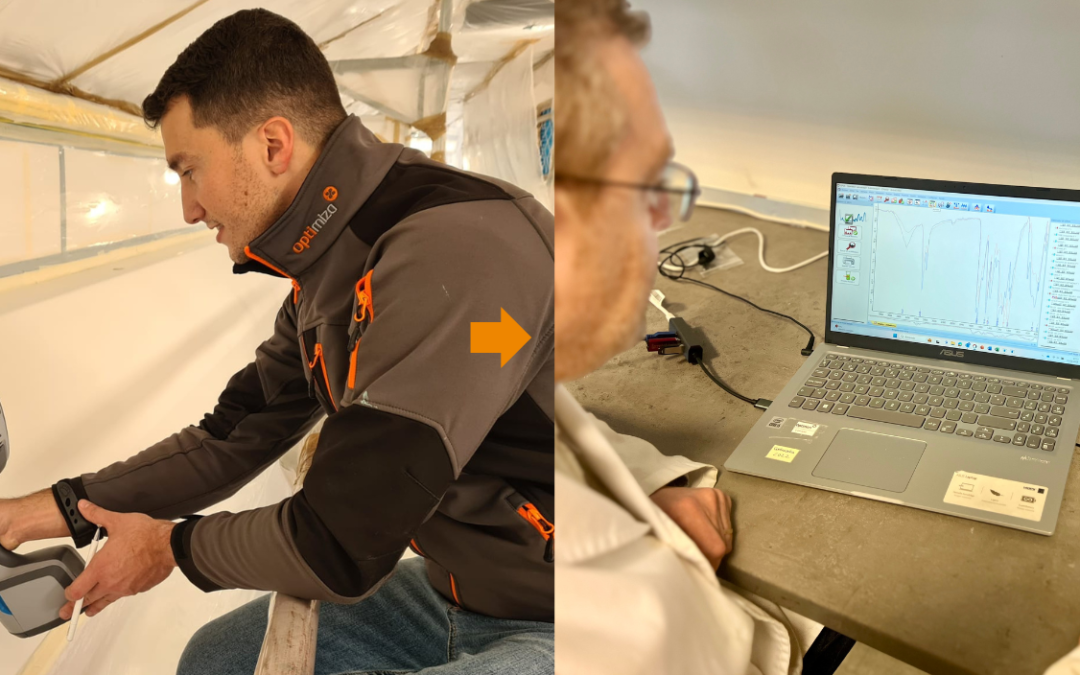Surface contaminants that can be identified by FT-IR-ATR include:
– Oils and Greases: FT-IR-ATR can detect the presence of oils and greases on surfaces based on characteristic absorption bands in the spectrum.
– Residues: Residues from cleaning agents, solvents, or process chemicals can be identified by FT-IR-ATR analysis of surface samples.
– Organic Compounds: Various organic contaminants, such as adhesives, coatings, or organic pollutants, can be detected using FT-IR-ATR.
– Inorganic Contaminants: Inorganic substances like salts, oxides, or metal residues can also be identified through FT-IR-ATR analysis.
Risk and Challenges of Misinterpreting FT-IR-ATR Data for Surface Contaminants:
Incorrect Identification: Misinterpretation of FT-IR-ATR data by non-experts can lead to incorrect identification of surface contaminants. This can result in ineffective cleaning procedures or inappropriate remediation actions.
Inadequate Cleaning Protocols: If surface contaminants are misidentified or misunderstood, there is a risk of implementing inadequate cleaning protocols that fail to remove the actual contaminants present on the surface.
Surface Damage: Improper interpretation of FT-IR-ATR data may result in using harsh or incompatible cleaning agents that can damage the surface being analyzed, leading to additional costs for repair or replacement.
Contamination Spread: Failure to accurately identify surface contaminants can result in the spread of contaminants to other surfaces or equipment, causing further contamination and potential operational issues.
Safety Risks: Misinterpretation of surface contaminant data can pose safety risks if hazardous substances are not properly identified and managed, potentially endangering workers or the environment.
Costly Remediation: If surface contaminants are not accurately identified and addressed, it can lead to costly remediation efforts, repeated cleaning procedures, and downtime for affected equipment or facilities.
In summary, the inadequate interpretation of functional groups, band intensities, and other important aspects of surface contaminant chemistry can lead to misinterpretations and decisions that significantly impact the planning and cost of a project. It is crucial that the data interpretation is carried out by a technologist with experience and training in FT-IR-ATR analysis to ensure accuracy in contaminant identification and informed decision-making regarding cleaning, maintenance, and contamination control in various industrial applications. The specialized expertise and training of an expert are essential to avoid costly errors and ensure the integrity of processes and products in the field of surface chemistry.

